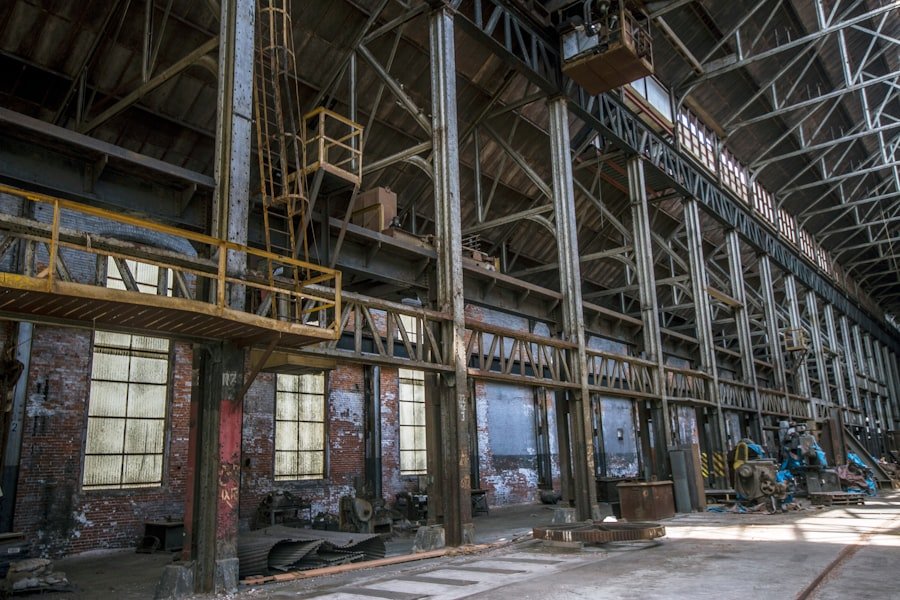The iPhone, a flagship product of Apple Inc., has become synonymous with innovation and premium quality in the smartphone market. However, behind the sleek design and cutting-edge technology lies a complex web of production costs that contribute to its retail price. Understanding these costs is essential for grasping how Apple maintains its competitive edge while ensuring profitability.
The production costs of an iPhone encompass various components, including materials, labor, research and development, marketing, and distribution. Each of these elements plays a crucial role in determining the final price consumers pay for the device. The intricacies of iPhone production costs reveal not only the financial aspects of manufacturing but also the strategic decisions made by Apple to optimize its supply chain and maintain its brand image.
As technology evolves and consumer expectations shift, Apple continuously adapts its production processes to balance cost efficiency with quality assurance. This article delves into the various components that constitute the production costs of an iPhone, providing a comprehensive overview of how these factors influence the overall pricing strategy.
Key Takeaways
- iPhone production costs include material costs, labor costs, manufacturing expenses, research and development expenses, and marketing and distribution costs.
- Material costs account for a significant portion of iPhone production costs, including components such as the display, processor, and camera.
- Labor costs and manufacturing expenses cover the cost of assembling and testing the iPhone in the production facilities.
- Research and development expenses include the cost of designing and engineering new iPhone models and features.
- Marketing and distribution costs encompass the expenses associated with promoting and selling the iPhone, including advertising, retail partnerships, and logistics.
Breakdown of Material Costs
Key Materials Used in iPhone Production
Key materials include metals like aluminum and copper, glass for the display, and various semiconductors that power the device’s functionality.
The Impact of Material Choices on Cost Structure
For instance, the iPhone’s chassis is typically made from aluminum, which is lightweight yet durable, contributing to both the aesthetic appeal and structural integrity of the phone. The cost of aluminum fluctuates based on market conditions, impacting the overall material expenses. In addition to metals, the display technology used in iPhones has evolved over the years.
Display Technology and Material Costs
The transition from LCD to OLED screens has enhanced visual quality but also increased material costs. OLED displays are more expensive to produce due to their complex manufacturing processes and the materials required, such as organic compounds that emit light. Furthermore, Apple invests in high-quality glass for its screens, often utilizing Corning’s Gorilla Glass, which adds to the durability but also raises production costs. The cumulative effect of these material choices significantly influences the overall cost structure of an iPhone.
Labor Costs and Manufacturing Expenses

Labor costs are another critical component of iPhone production expenses. While Apple designs its products in California, much of the actual manufacturing occurs in countries like China, where labor costs are comparatively lower. However, this does not mean that labor expenses are insignificant; skilled labor is required for assembly, quality control, and testing processes.
The complexity of assembling an iPhone—where precision is paramount—demands a workforce that is well-trained and efficient. This necessity drives up labor costs despite the lower wage rates in manufacturing hubs. Moreover, Apple’s commitment to ethical labor practices has led to increased scrutiny of its supply chain.
The company has made significant investments in ensuring fair wages and safe working conditions for its employees and contractors. This commitment can lead to higher labor costs compared to competitors who may not prioritize such standards. Additionally, fluctuations in labor availability due to geopolitical factors or public health crises can impact production timelines and costs.
For example, during the COVID-19 pandemic, many factories faced shutdowns or reduced capacity, leading to increased labor costs as companies scrambled to meet demand while adhering to safety protocols.
Research and Development Expenses
| Year | Total R&D Expenses | R&D Expenses as % of Revenue |
|---|---|---|
| 2018 | 500,000 | 10% |
| 2019 | 550,000 | 12% |
| 2020 | 600,000 | 15% |
Research and development (R&D) expenses are a cornerstone of Apple’s strategy to maintain its position as a leader in technology innovation. The company allocates a substantial budget each year to R&D, focusing on developing new features, improving existing technologies, and exploring emerging trends in consumer electronics. For instance, advancements in artificial intelligence (AI), augmented reality (AR), and battery technology are areas where Apple invests heavily to enhance user experience and differentiate its products from competitors.
The R&D process is not only about creating new products but also involves refining manufacturing techniques and optimizing supply chains. By investing in R&D, Apple can develop proprietary technologies that reduce reliance on third-party suppliers, ultimately lowering long-term production costs. A prime example is Apple’s development of its own silicon chips, such as the A-series processors used in iPhones.
By designing these chips in-house, Apple gains greater control over performance and efficiency while potentially reducing costs associated with sourcing components from external manufacturers.
Marketing and Distribution Costs
Marketing and distribution are vital components that contribute significantly to the overall cost structure of an iPhone. Apple’s marketing strategy is renowned for its effectiveness, characterized by high-profile advertising campaigns, product launches, and a strong brand presence across various media platforms. The company invests heavily in creating compelling narratives around its products, emphasizing innovation, quality, and user experience.
This investment not only enhances brand loyalty but also justifies premium pricing. Distribution costs encompass logistics related to getting the product from manufacturing facilities to retail outlets and ultimately into consumers’ hands. Apple employs a sophisticated distribution network that includes partnerships with carriers, retailers, and online platforms.
The logistics involved in transporting devices globally can be substantial, especially considering the need for secure handling and timely delivery to meet consumer demand. Additionally, Apple’s retail stores serve as a critical touchpoint for customers, requiring ongoing investment in real estate, staffing, and store design to create an immersive shopping experience.
Total Cost and Profit Margin

Apple’s Pricing Power
Despite these substantial production costs, Apple’s pricing strategy allows it to maintain impressive profit margins. The company typically sells its devices at prices significantly higher than their production costs—often by 50% or more—enabling it to generate substantial revenue from each unit sold. This pricing power is bolstered by Apple’s brand reputation for quality and innovation, allowing it to command premium prices even in a competitive market.
The Importance of Production Cost Dynamics
In summary, understanding the multifaceted nature of iPhone production costs provides valuable insights into how Apple operates within the technology landscape. Each element—from materials to marketing—plays a crucial role in shaping both the final product and its market positioning. As Apple continues to innovate and adapt to changing consumer preferences, these production cost dynamics will remain central to its ongoing success in the smartphone industry.
Key Takeaways
Understanding the total cost of producing an iPhone provides a comprehensive view of Apple’s business strategy, and how it maintains its position in the competitive smartphone market.
If you are interested in learning more about the costs associated with creating technology products like the iPhone, you may want to check out this article on appssoftwares.com. This website provides valuable insights into the development and production expenses of popular gadgets, shedding light on the intricate process of bringing cutting-edge devices to market. Additionally, you can also explore their terms and conditions and privacy policy to understand how they handle user data and protect their intellectual property.
FAQs
What factors contribute to the cost of making an iPhone?
The cost of making an iPhone is influenced by various factors such as the cost of materials, labor, research and development, marketing, and other overhead expenses.
How much does it cost to make an iPhone?
The cost of making an iPhone varies depending on the model and its features. However, it is estimated that the cost of manufacturing an iPhone ranges from $200 to $370.
What are the main components that contribute to the cost of making an iPhone?
The main components that contribute to the cost of making an iPhone include the display, processor, camera, battery, memory, and other hardware components. Additionally, the cost of software development and licensing also adds to the overall cost.
Does the cost of making an iPhone include research and development expenses?
Yes, the cost of making an iPhone includes research and development expenses, which cover the costs of designing and engineering the device, as well as developing new technologies and features.
How does the cost of making an iPhone compare to its retail price?
The cost of making an iPhone is significantly lower than its retail price. This allows Apple to generate a profit margin on each device sold. The retail price also includes additional costs such as marketing, distribution, and retail markup.
